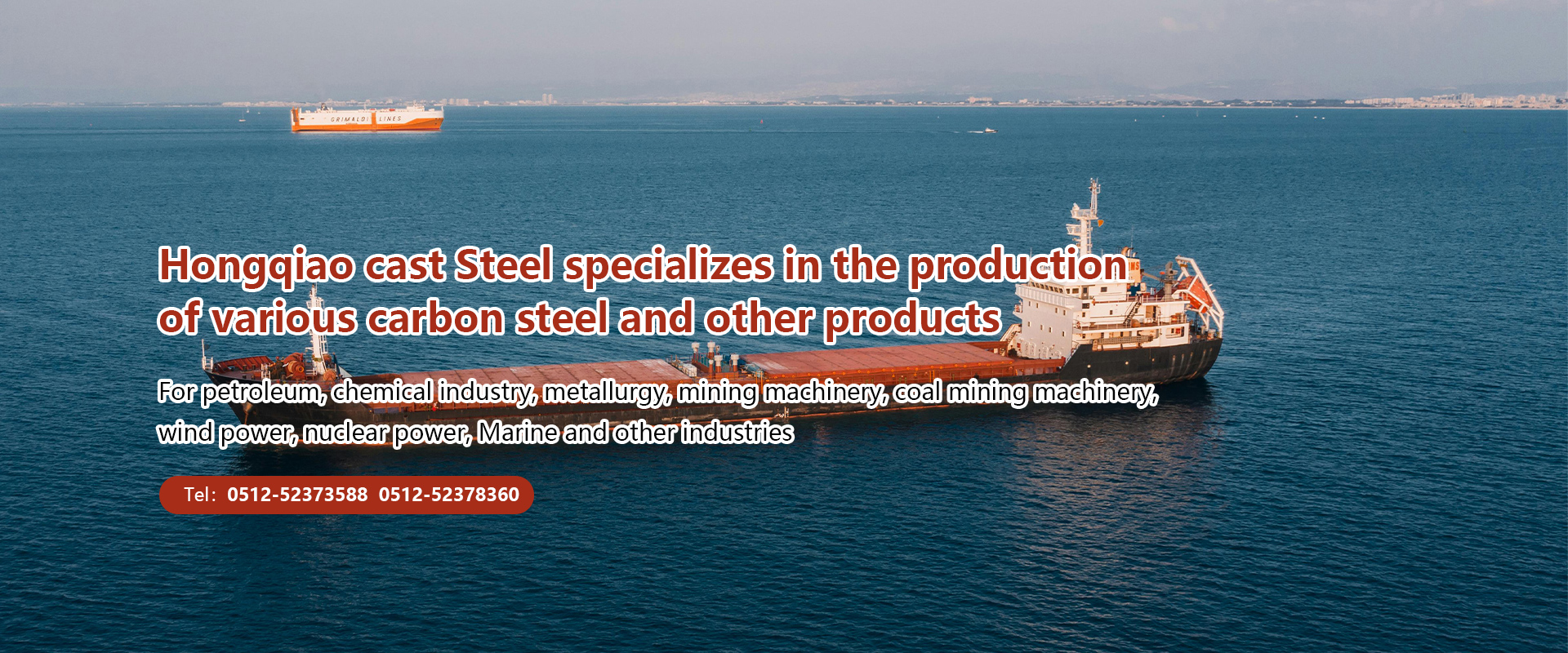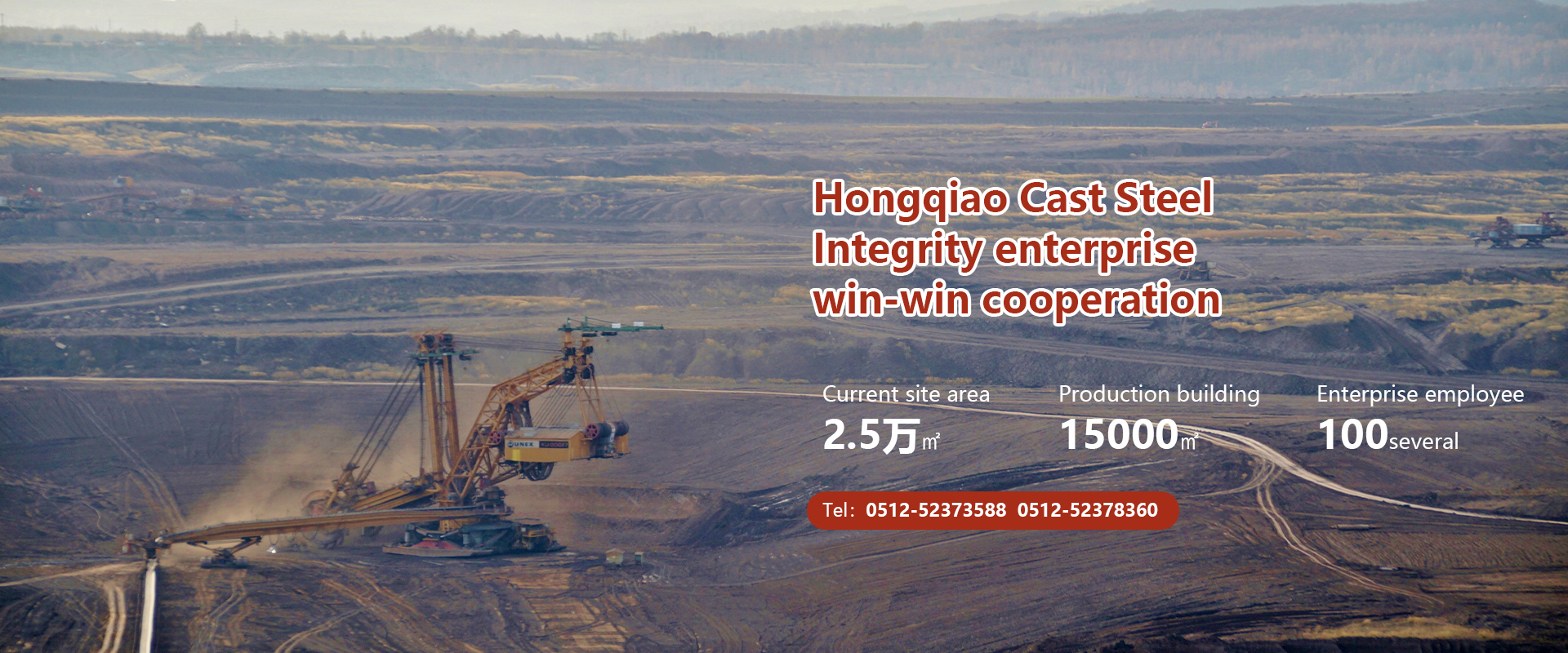ABS Marine Engineering Services: Steel castings have higher mechanical properties than cast iron, but their casting performance is inferior to cast iron. Due to the high melting point of cast steel, the molten steel is prone to oxidation, the fluidity of the steel is poor, and the shrinkage is large. Its body shrinkage rate is 10-14%, and the linear shrinkage is 1.8-2.5%. To prevent defects such as insufficient casting, cold shut, shrinkage and porosity, cracks, and sand sticking in cast steel parts, more complex process measures must be taken than cast iron:
1. Due to the poor fluidity of molten steel, in order to prevent cold insulation and insufficient pouring of cast steel parts, the wall thickness of cast steel parts cannot be less than 8mm; The structure of the pouring system strives for simplicity, and the cross-sectional size is larger than that of cast iron; Using dry or hot casting molds; Appropriately increasing the pouring temperature, generally between 1520 ° C and 1600 ° C, can improve the fluidity of the molten steel due to its high degree of overheating and prolonged liquid retention time. However, excessive pouring temperature can cause defects such as coarse grains, thermal cracking, porosity, and sand sticking. Therefore, for small, thin-walled, and complex shaped castings, the pouring temperature is approximately the melting point temperature of steel+150 ℃; The pouring temperature of large, thick walled castings is about 100 ℃ higher than their melting point.
2. Due to the significant shrinkage of cast steel compared to cast iron, in order to prevent shrinkage and porosity defects in castings, measures such as sprues, cold iron, and subsidies are mostly adopted in the casting process to achieve sequential solidification.
In addition, to prevent shrinkage, porosity, porosity, and crack defects in cast steel parts, the wall thickness should be made uniform, sharp corners and right angle structures should be avoided, sawdust should be added to the molding sand for casting, coke should be added to the core, and hollow cores and oil sand cores should be used to improve the yielding and permeability of sand molds or cores.
The melting point of cast steel is high, and correspondingly, its pouring temperature is also high. At high temperatures, the interaction between molten steel and casting materials can easily lead to sand sticking defects. Therefore, artificial quartz sand with high fire resistance should be used as the casting mold, and a coating made of quartz powder or zirconium sand powder should be brushed on the surface of the casting mold. To reduce gas sources, improve the fluidity of molten steel and mold strength, most steel castings are cast using dry or fast drying molds, such as CO2 hardened water glass sand molds.
Changshu Hongqiao Cast Steel Co., Ltd. mainly produces various specifications of carbon steel, high, medium and low alloy steel, stainless steel, heat-resistant steel, high manganese steel, and high chromium cast iron. We provide high-quality steel castings for industries such as petroleum, chemical, metallurgical, mining machinery, coal mining machinery, wind power, nuclear power, and marine. We also offer customized steel castings for marine use, ABS marine engineering services, and export them overseas.





